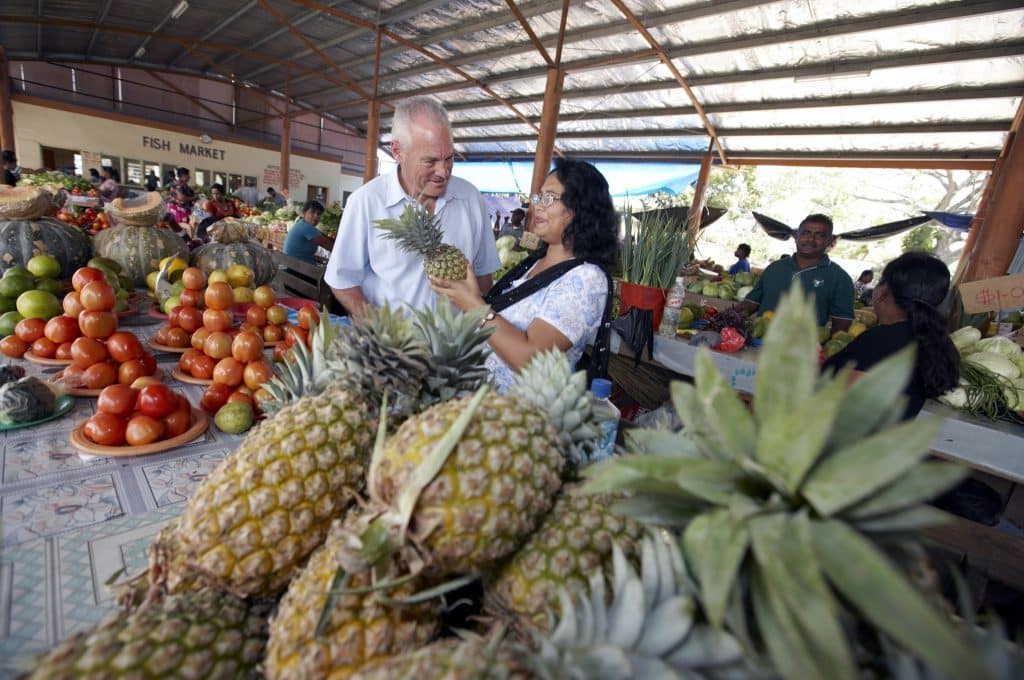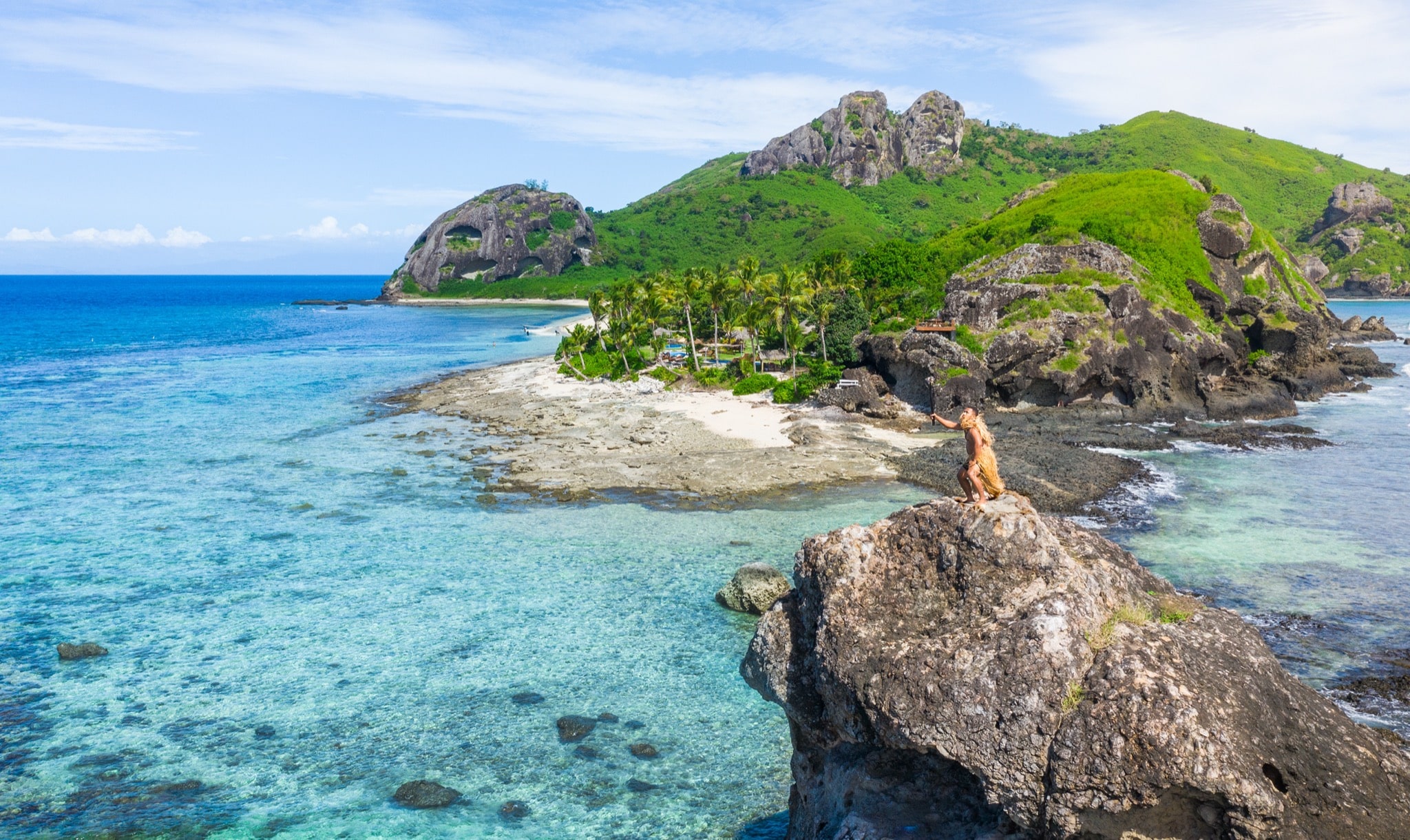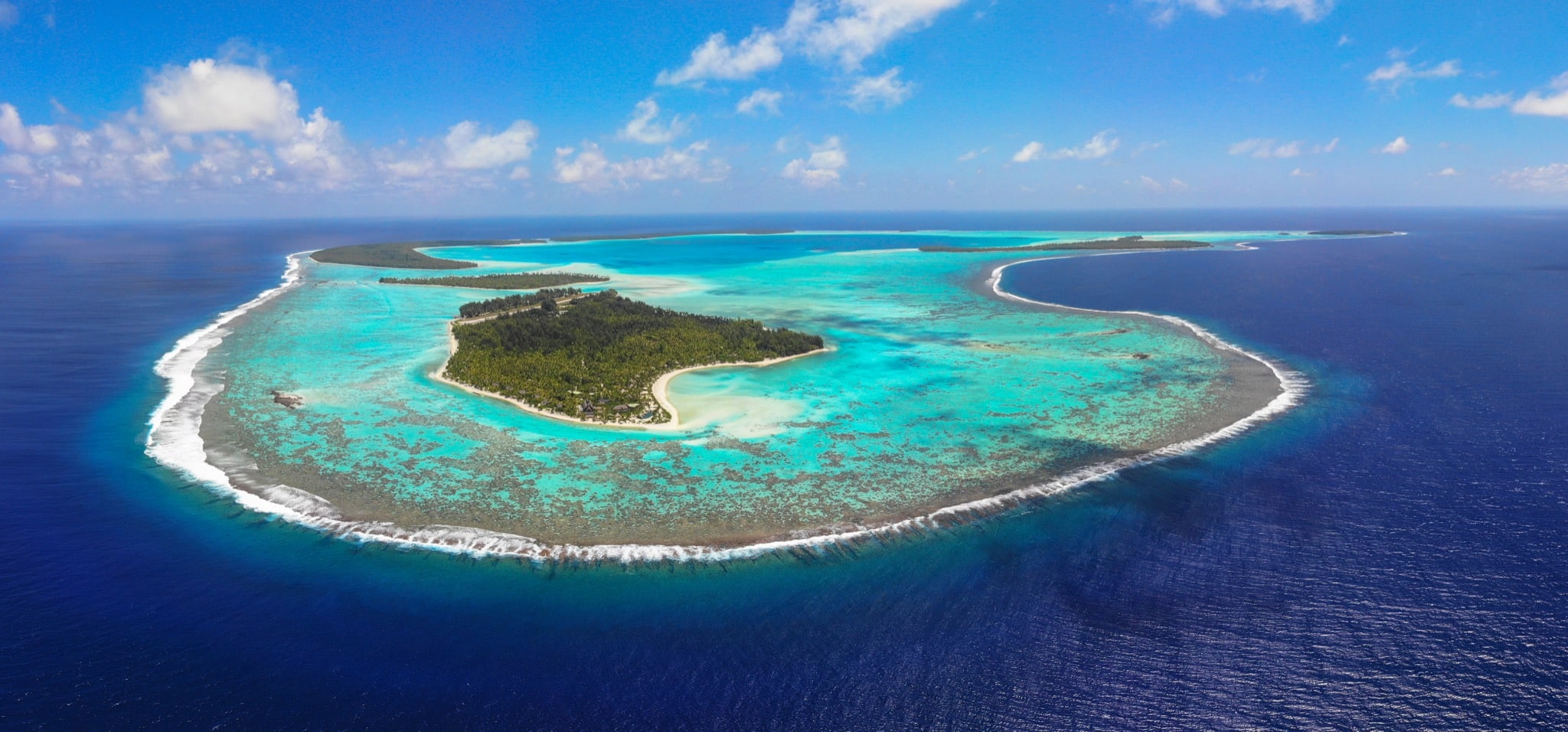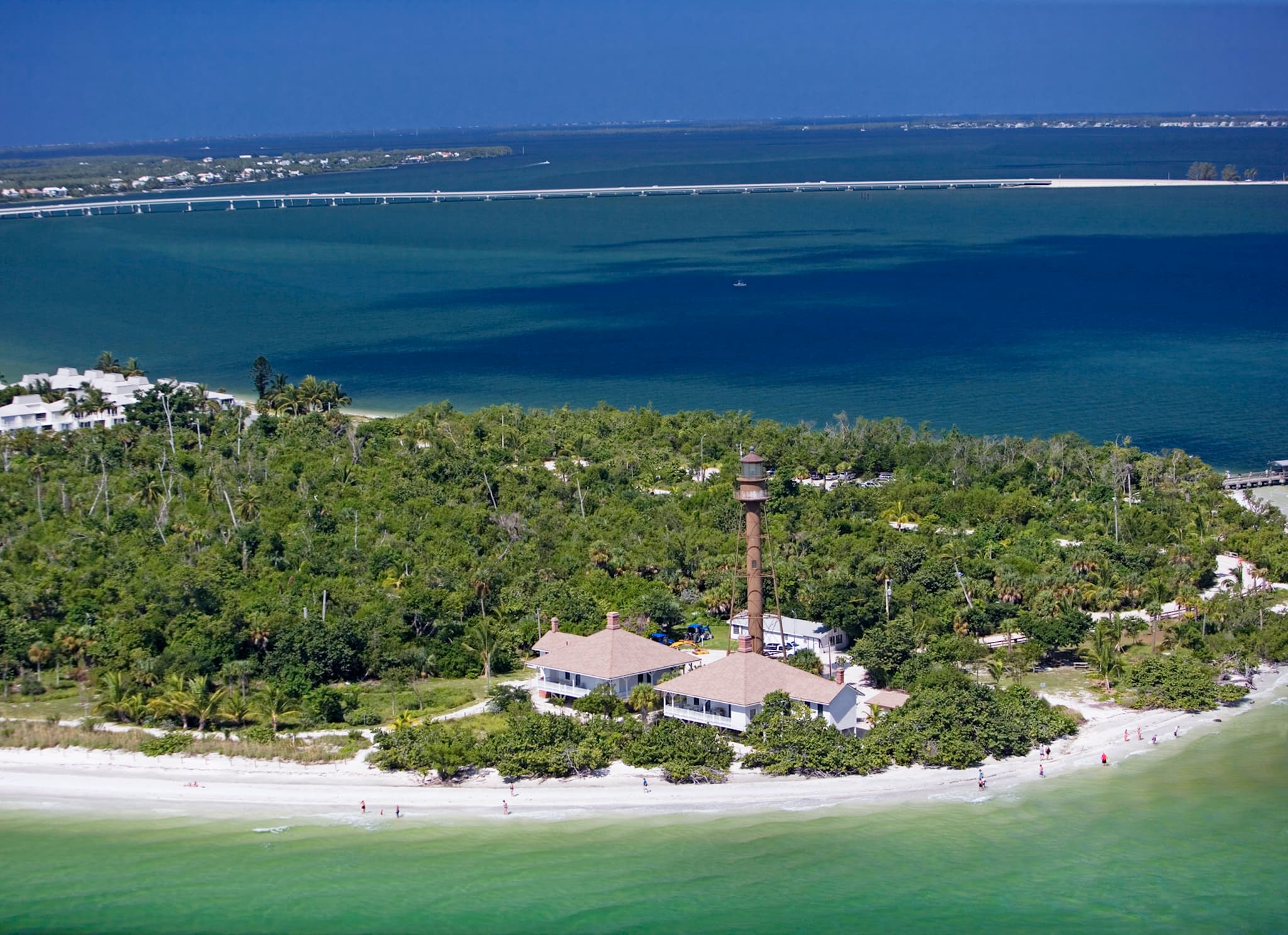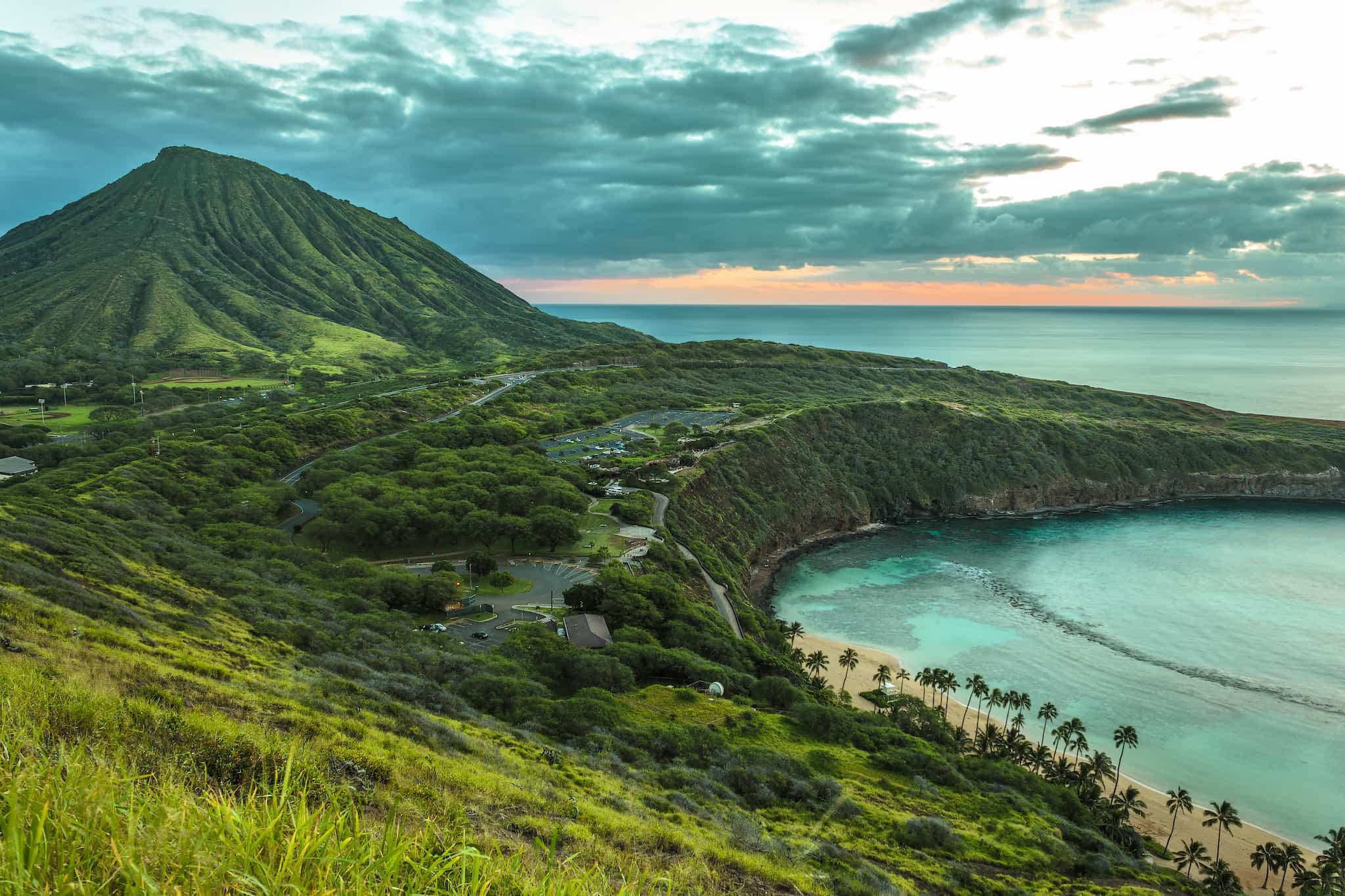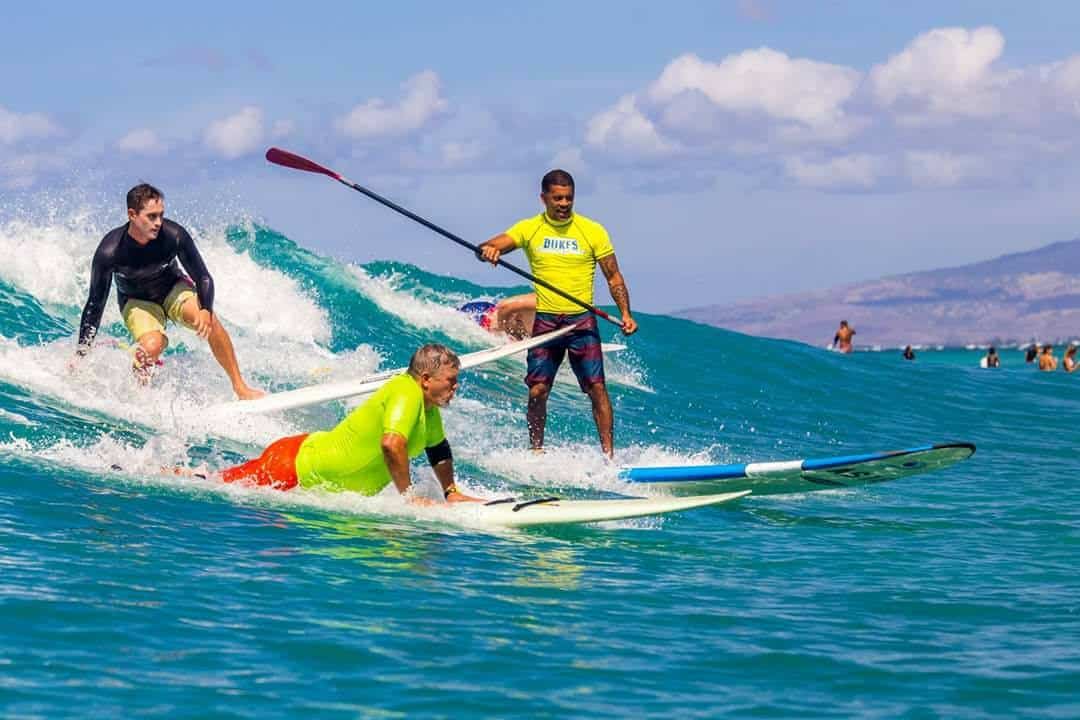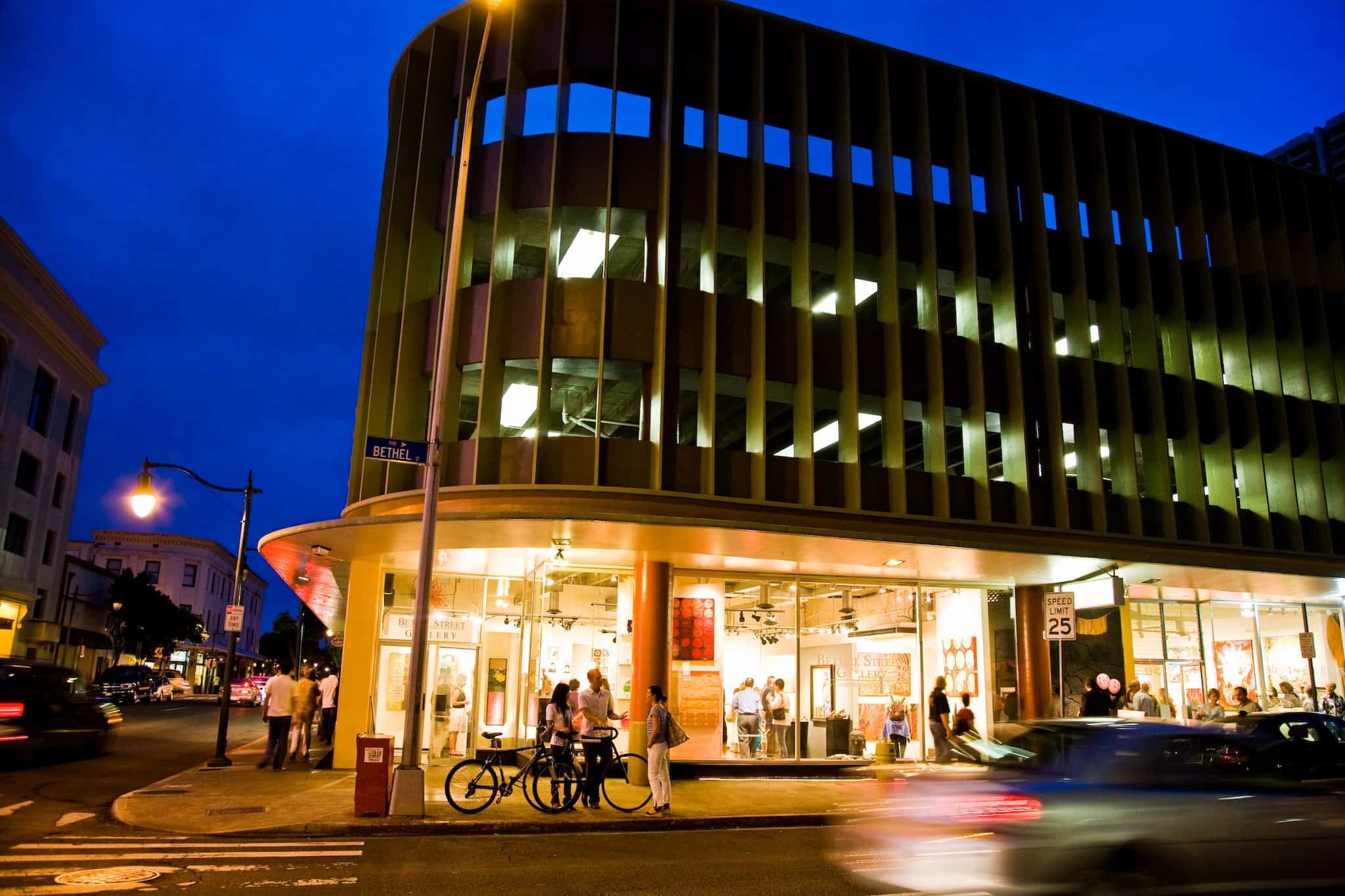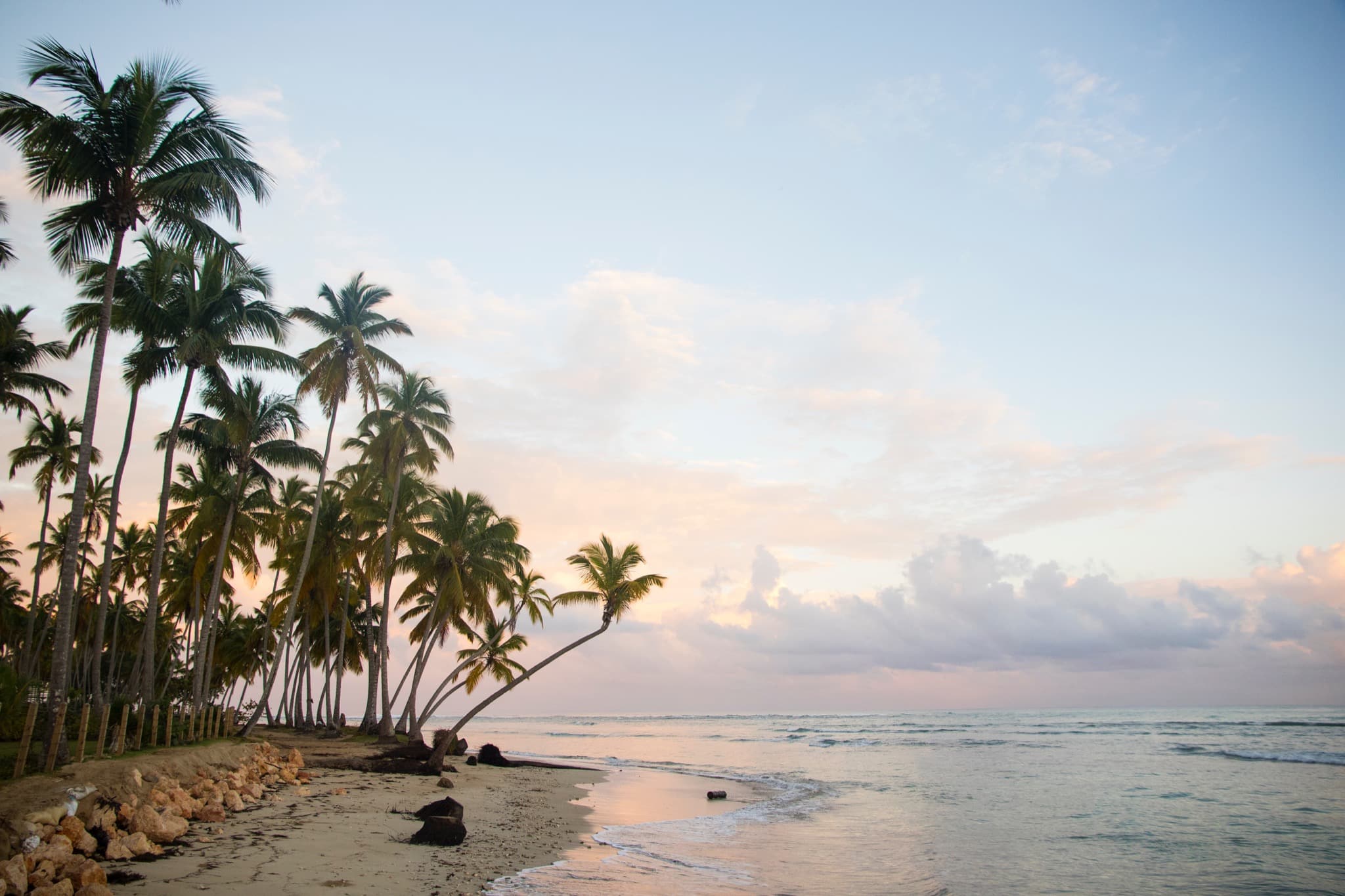Postcard-perfect beaches, crystal waters and kaleidoscopic coral reefs lure vacationers to the Islands of Fiji. But there’s a lot more to discover when you go beyond the beach and take a deeper dive into the heart and soul of the culture. Here are nine authentic ways to experience the true spirit of the islands.
Kava Ceremonies
Kava root is trending in alternative medical circles as a sleep aid and anti-anxiety supplement. In Fiji, it’s more than medicine. It’s a central element of the culture. Drinking kava is both a social event and a ceremonial ritual. Kava drink is made from water and the dried and powdered kava kava plant, which is a member of the pepper family. In a ceremonial setting, it is prepared by a kava master and served in a large communal bowl. Participants sit cross-legged in a circle as the bowl is passed. Kava etiquette calls for a single hand clap and a hearty cry of “bula” before receiving the bowl, followed by three claps after imbibing. One drink is never enough, and as the bowl continues its ceremonial rounds, participants may notice a mild sense of relaxation. Kava ceremonies are typically included in village tours and also organized at many resorts.
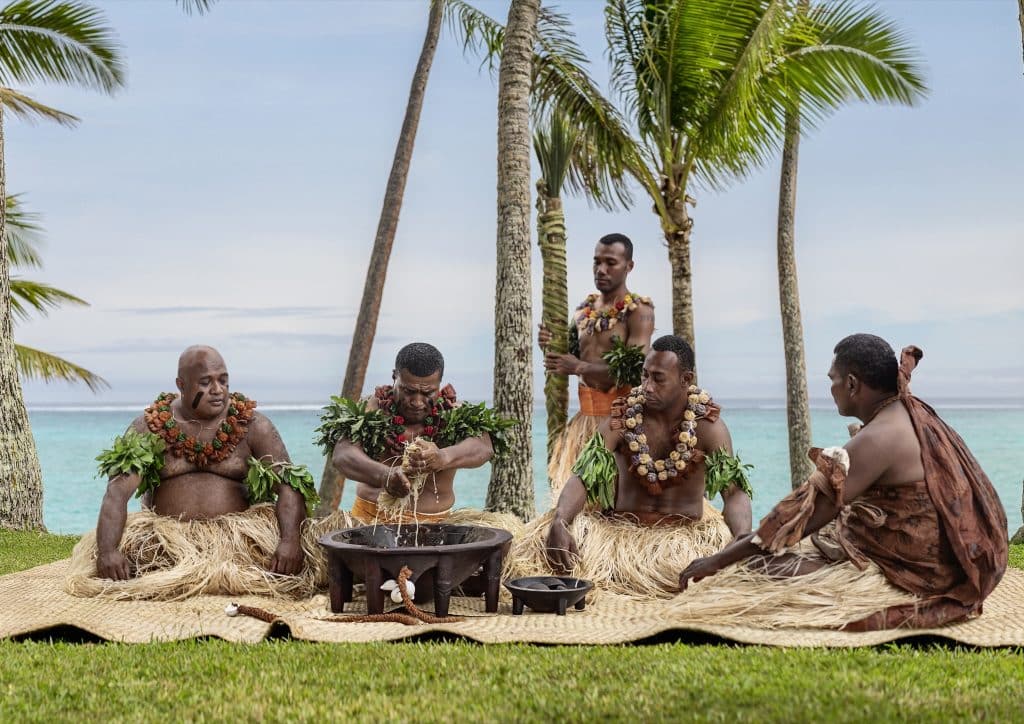
Lovo Feasts
Lovo is Fiji’s version of a neighborhood backyard BBQ where friends and family gather for a communal meal. Women start the meal prep, and the men are the pit masters, heating large river rocks on an open fire, then placing them in a pit. Root vegetables such as sweet potatoes and cassava are placed on top of the rocks, followed by a layer of leaf-wrapped chicken, pork and fish, then topped with vegetables such as breadfruit, palusami and pumpkins. The feast is covered and left to cook for about two hours. Meanwhile, the women are finishing up additional side dishes and fruit salads. When all is ready, everyone sits down to eat family-style, with menus served on fresh banana leaves. Resorts often host lovo feasts to give guests an authentic taste of this savory tradition.
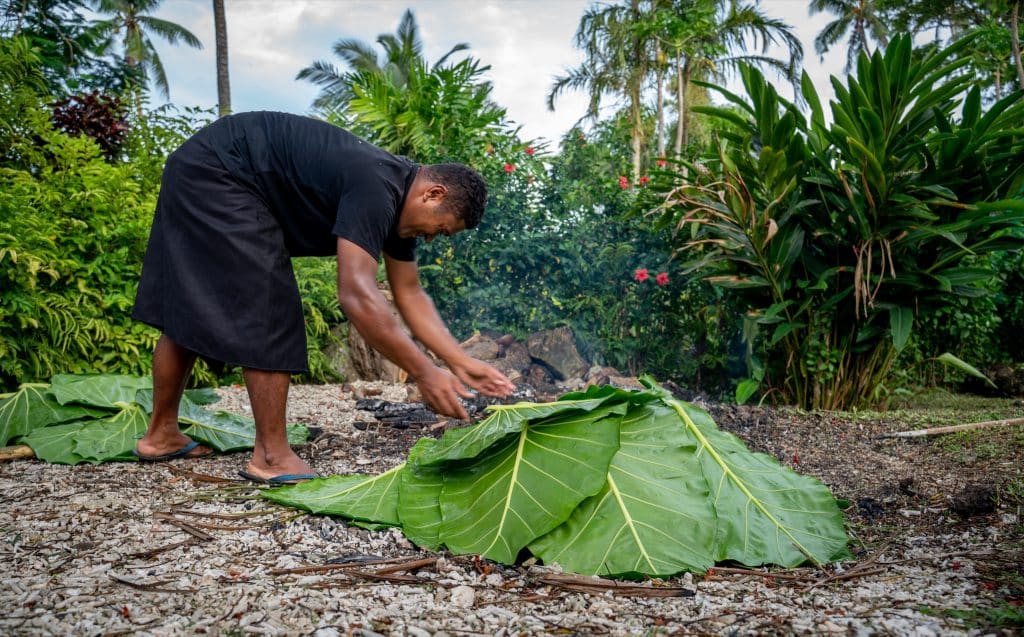
Meke Dance
Traditional Fijian meke is more than a dance. It is musical theater with an element of storytelling. Meke troupes include both men and women dancing and singing to the rhythmic cadence of drums and hand claps. Depending on the story being told, performances may be slow and melodic or loud and exuberant. The male performers will sometimes wield ceremonial clubs and spears as they shout and demonstrate strong, virile movements. The women’s roles are more subdued and graceful, with palm-frond fans used to accentuate their movements. Resorts across Fiji invite meke groups to perform for guests, and regular performances are also held at the Fiji Culture Village near the town of Nadi on Viti Levu Island.

Firewalking
On the small Fijian Island of Beqa, young men test their courage by walking across a bed of hot rocks. This firewalking tradition dates back some 500 years and is unique to the island’s Nakarovu village. According to legend, the gift of fire walking was granted to a village ancestor who freed a spirit being. To prepare for this sacred ceremony, participants practice several weeks of abstinence from sex and certain foods as they prepare mind, body and spirit for the test. On the day of the ceremony, large river rocks are arranged in a pit and heated to a white-hot glow. Following incantations from a priest who is a descendant of the original fire walker, the young men walk one by one across the superheated rocks. Visitors must travel to Beqa to see the real thing, while demonstrations of this ceremony are staged at several resorts on the southern coast of Viti Levu Island.

Bilibili Rafting
On Fiji’s principal islands, rivers flow from mountain highlands to the sea. In the times before roadways, villagers in the remote interior found the fastest way to the coast wasn’t by footpath, but by raft. Traditional bilibili bamboo rafts earned the nickname “no comebacks” because they are built for a one-way downstream voyage, ferrying people and produce to coastal towns. Today, these river trips are recreated with traditional bilibili rafting trips on the Navua River, and on flats through SavuSavu’s Salt Lake. For a deeper immersion in Fiji’s rafting culture, island visitors can take part in a raft-building class at Viti Levu’s Namosi Eco Retreat.
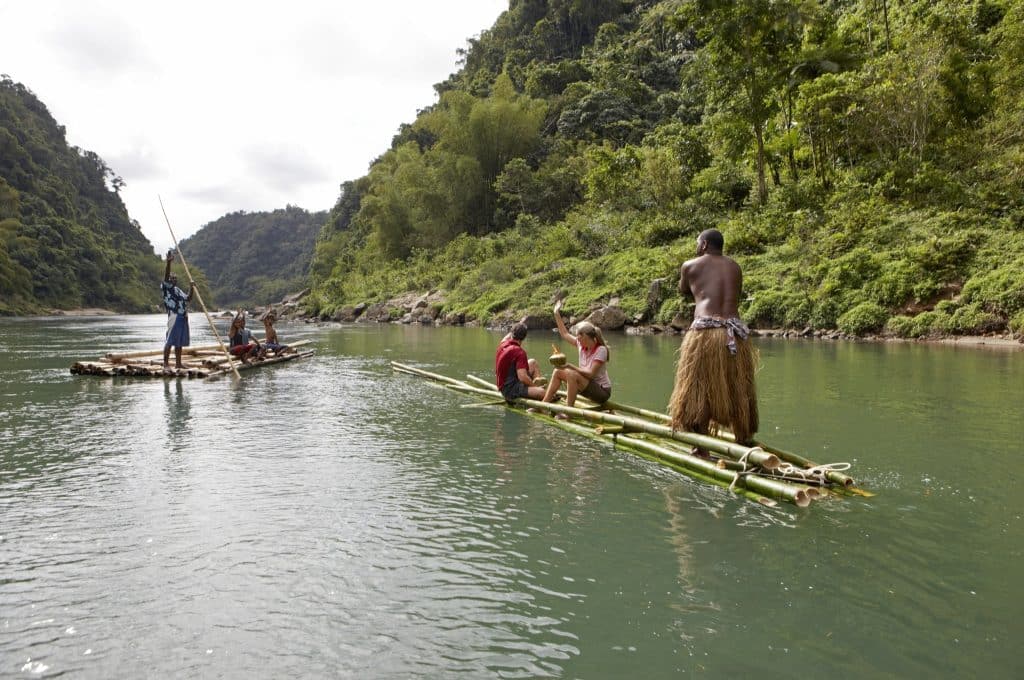
Bobo Massage
A Fijian Bobo can yield relaxing results, but that’s not the main goal of this traditional massage therapy. Touch techniques passed down through generations were used to soothe aches and pains, recover from injuries and relieve the stresses of childbirth. Bobo involves the use of thumbs, fingers, palms and forearms in pressing, chopping, cupping and sweeping strokes with varying degrees of pressure. It is a type of deep-tissue massage used to unlock stored muscle tensions and stimulate the body’s nervous system to encourage self-healing. Resorts and spas across Fiji offer Bobo massage sessions, which are sometimes augmented with complementary touch therapies.
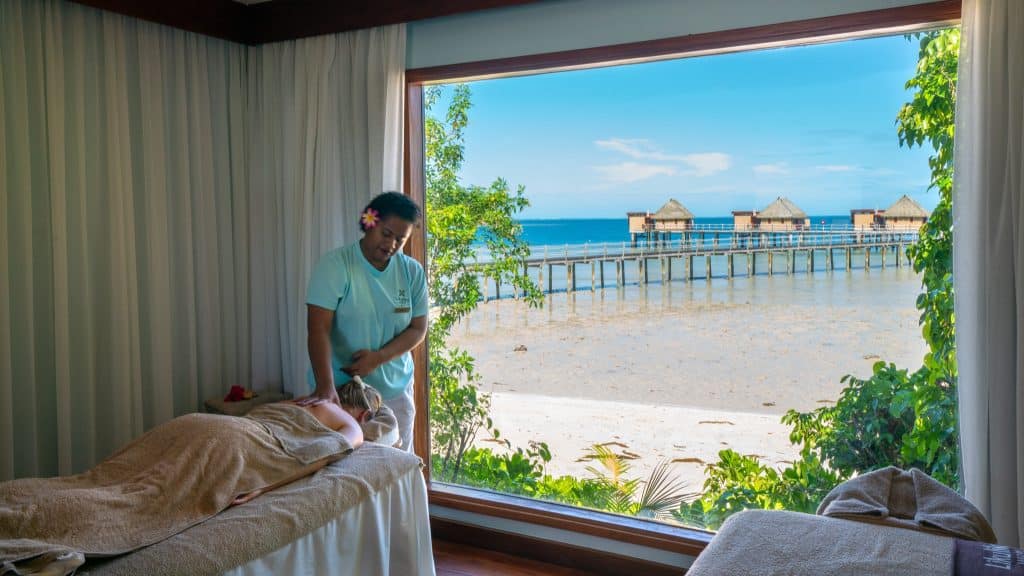
Choirs
Song is integral to Fijian culture in both cultural and religious contexts. Singing is a way to express joy, tell stories, and pass down cultural heritage. Arrivals are marked by a welcoming rendition of Bula Maleya, and departures are lamented with the soulful notes of Isa Lei. Fijians know how to carry a tune and nowhere is this more evident than in the soaring melodies and harmonies of a cappella choir. Performances are staged at resorts and cultural centers, but some of the most poignant examples can be found at Sunday services, where clear voices elevate church hymns to an ethereal art.

Drua Sailing
Long before Captain Cook ventured into the South Pacific, Fijian mariners were crossing oceans in large double-hulled canoes known as drua. With lengths of up to 100 feet, these speedy vessels were used for long-distance trade and outfitted as war canoes that carried as many as 200 warriors to battle. These traditional ships fell out of use in the early 20th century, but the tradition has been reborn with a project known as the Drua Experience. To revitalize drua sailing culture and traditional navigational arts, a Fiji-based heritage foundation created an authentic replica of the country’s original sailing canoes. Fiji visitors can participate in day-long sailing adventures that launch from the western shores of Viti Levu Island and visit small offshore islands and coral reefs.
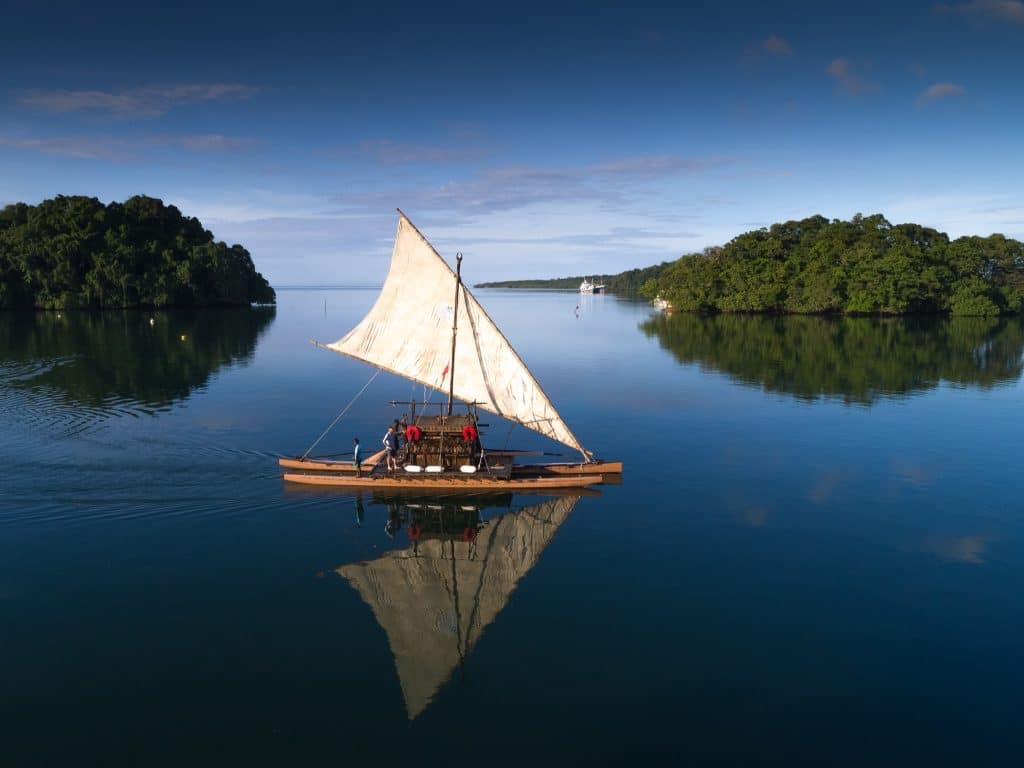
Village Visits
A day trip or overnight stay to a traditional Fijian village is a chance to discover multiple aspects of Fijian culture. Many villages are remote and off-grid, reachable only by boat, four-wheel-drive or foot. Visitors are typically invited to take kava with the elders, participate in the daily activities of the village, and be hosted at an evening lovo feast. For an easier to reach and closer to home take on island culture, there is the Fijian Cultural Village just outside Nadi’s resort district, which showcases traditional crafts such as wood carving, pottery making and mat weaving, along with daily meke performances.
